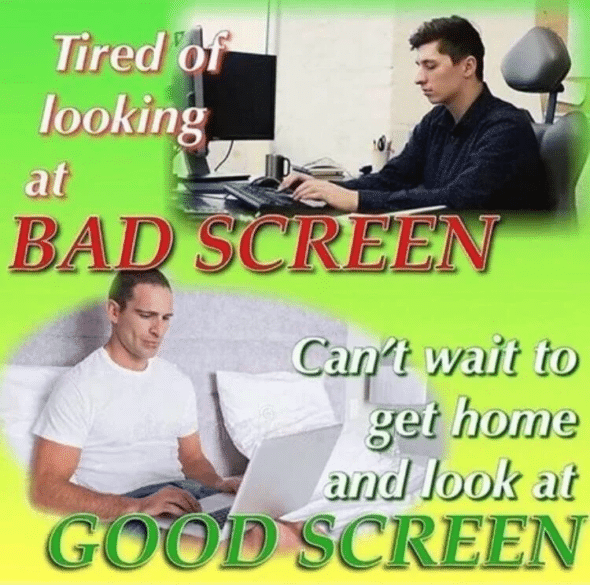Shifting Gears Master Work Life Balance in a Remote World
Shifting Gears: Master Work-Life Balance in a Remote World #
Excerpt #
The transition from work mode to not work mode is vital to maintaining a healthy work-life balance, especially when working remotely.

The transition from work mode to not-work mode is critical to maintaining a healthy work-life balance, especially for those navigating the challenges of remote work. I polled some employees here at Atomic Object with various backgrounds, roles, experience levels, and preferred work methods. Several key strategies emerged that help differentiate the professional from the personal, even when the physical spaces for both overlap. Let’s explore these strategies, providing insights into how you can effectively switch off from work and enjoy your personal time to the fullest.
Sustainable Pace #
At Atomic Object one of the core ideas we practice is working at a sustainable pace. It’s even laid out in our employee manual with these exact words:
“We focus on the goal of sustainable pace because we know it’s important to have time outside of work for professional development, hobbies, family, community, friends, exercise, etc.”
This expectation doesn’t specify any specific numbers and leaves some room for interpretation. If you’re comfortable working 50 hours every week and your team and leaders don’t have any issues with it, then, that could be considered your sustainable pace. To use your time most effectively outside of those work hours, it’s important to distinguish clearly between your work time and personal time.
The obvious connection to work, especially when working remotely, is access to communication devices like phones and laptops. Try some of these practices to avoid slipping back into work mode by getting pinged and reading through emails or Slack.

Digital Separation Practices #
- Monitor Switching: Physically changing the input on a monitor from a work computer to a personal PC.
- Device Packing: For laptop users, storing the laptop in a backpack after work hours, even if working from home the next day.
- Limiting Laptop Use: Avoiding the use of laptops after work hours and engaging in non-screen hobbies such as baking or art.
- Notification Pauses: Turning off work notifications on Slack and email to mentally check out.
- Separate Browser Profiles: Using different web browsers or profiles for work and personal activities to maintain a clear distinction.
- Multiple User Profiles: Creating different user profiles on devices for work and personal use, with distinct backgrounds and settings.
- Selective Technology Usage: Exclusively dedicating some devices (e.g., laptops) to work, and turning it off to symbolize the workday’s end.
Physical Separation Practices #
- Walks and Commutes: Taking a walk, especially outside, or utilizing commute times (by car, bike, or public transportation) to create a mental separation.
- Physical Exercise: Clearing the mind with physical activity, whether it’s a structured workout, yoga, or simply tidying up.
- End of Day Wrap-Up: Allocating time to organize to-dos and plan for the next day, followed by a change of clothes, to signal the end of the workday.
- Transition Activities: Engaging in preferred activities like cooking, listening to podcasts, or enjoying creative pursuits to mentally shift gears.
- Changing Scenes: Leaving the work-designated area in your home and engaging in activities in different rooms or outdoor spaces.
- Sensory Queues: Listening to specific types of music, podcasts, or audiobooks, especially during commutes or while cooking dinner, to relax and reset.
- Engaging Loved Ones: Spending time with pets, kids, or making a call to a close friend to shift focus away from work.
The blend and variation in these strategies highlight a holistic approach to disconnecting from work — from physical changes and outdoor activities to digital habits and sensory adjustments. Personal preferences and circumstances will dictate which combinations of these strategies will be most effective for you.
Transitioning from “work” mode to “not work” mode is an essential practice for maintaining mental health and a balanced lifestyle. That’s especially true now that remote work has blurred the lines between professional and personal lives. Implementing these strategies can help establish a clear boundary, encouraging a more focused work ethic and a fully enjoyed personal time.
Related Posts #
Ask These 10 Questions in a Job Interview When Your Top Priority is Finding the Best Culture Fit #
Make Your iPhone Dumb on Demand with Shortcuts #
The Case for the Programmers’ Keyboard Layout #
Tell Us About Your Project #
We’d love to talk with you about your next great software project. Fill out this form and we’ll get back to you within two business days.